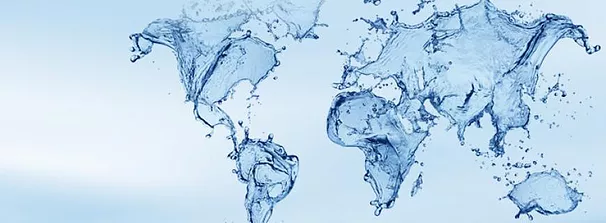
Homeowners waste water by irrigating their lawns with water that should be reserved for human consumption. According to the Environmental Protection Agency (EPA), nearly 9 billion gallons of water is used for residential outdoor water use, mainly for landscape irrigation, some 30% of total residential water use.
Sustainable residential landscape architecture — if part of an integrated site design, a comprehensive approach to sustainable building and site design — can dramatically reduce water usage while creating a healthy residential environment.
Homeowners can promote the infiltration, storing, and recycling of water, and limit the use of valuable potable water for landscapes. Bioswales / bioretention ponds, rainwater gardens, and local sustainable water recycling and drip irrigation systems can all be used to efficiently manage water. Homeowners can recycle and reuse greywater (and even blackwater) for landscape maintenance, car washing, and toilet flushing.
It's important to note that degraded and compacted soil will reduce water and air infiltration into the ground. Homeowners can maximize the benefits of natural storm-water systems by improving the quality of soil on their property though remediation techniques.
CostWatch intelligent method of control has proven to reduce irrigation water costs by over 25%. If irrigation is primarily supplied from cistern water, with utility water as a secondary supply, automation can be installed to minimize the amount of utility water used.
Original article: https://www.asla.org/waterefficiency.aspx








